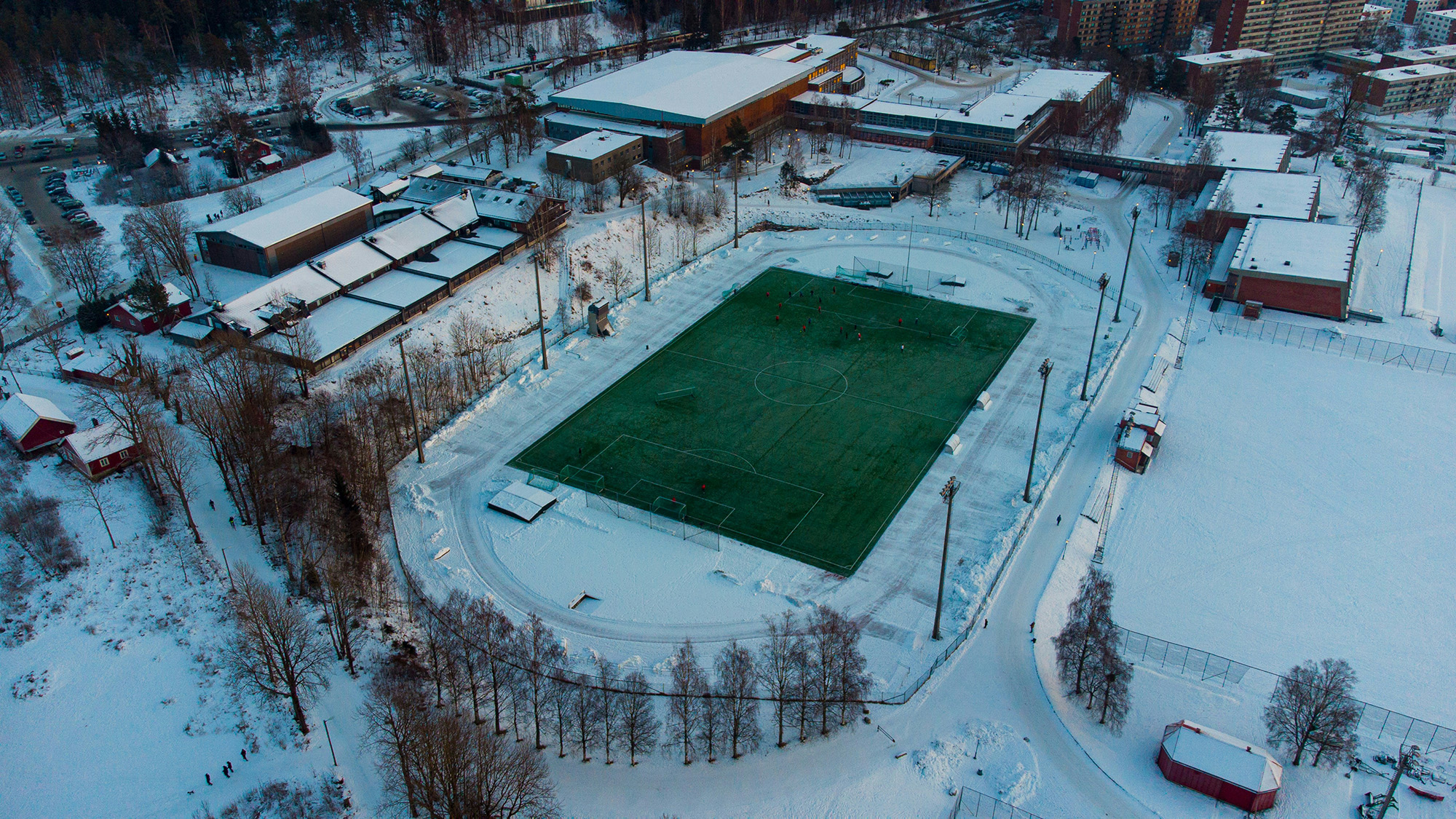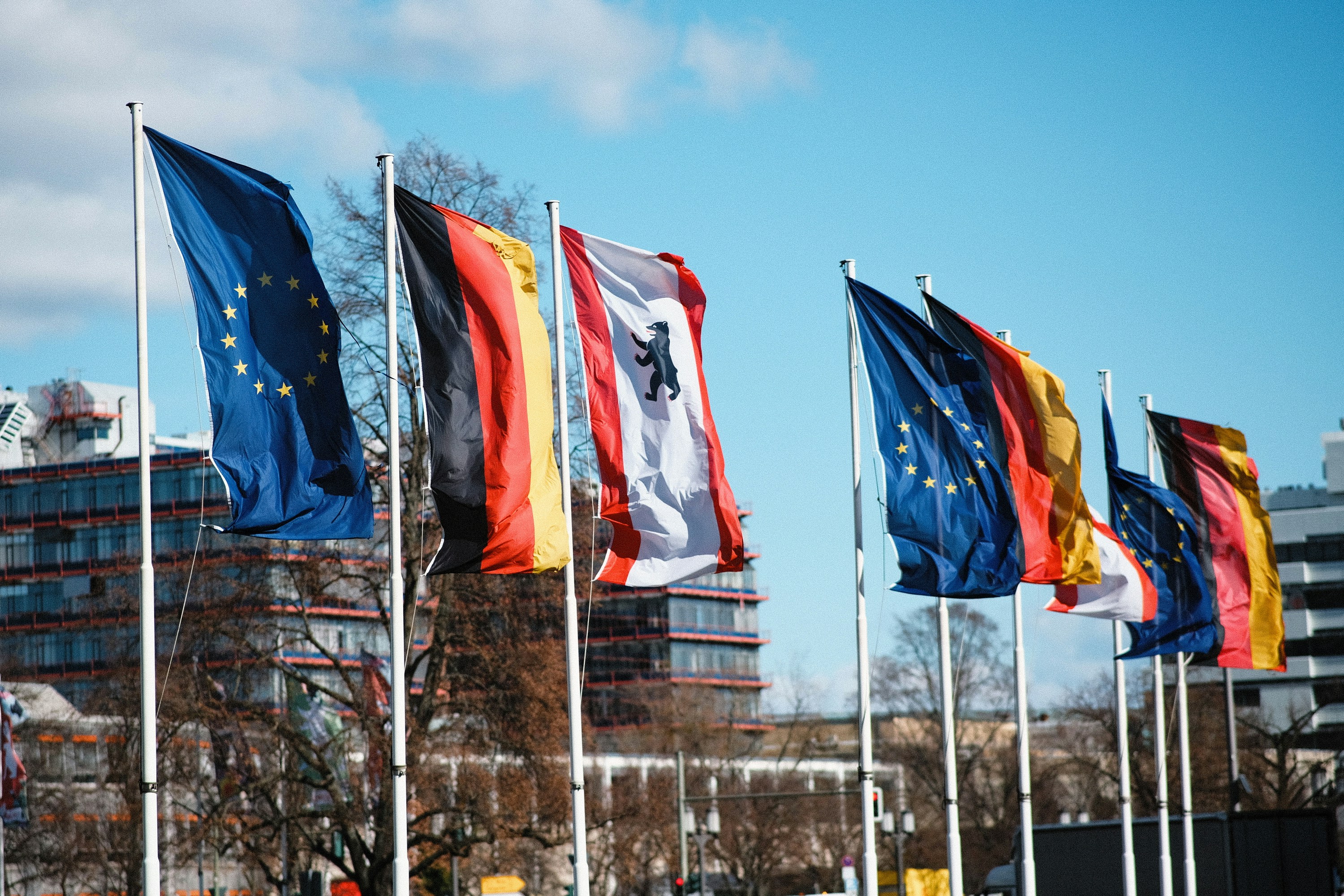DigitalFirst: Local Marketing in Decentralized Sales Structures
A Practical Guide to Modern Local Online Marketing – by Localyzer
1. Summary
Organizationsthat distribute products or services through local partners or locations, such as franchisees, resellers, or sales representatives, are undergoing a major transformation. Traditional methods like printed flyers, local newspaper ads, or well-placed storefront posters no longer cut it. Today’s consumers choose providers who meet them digitally, relevant, nearby, and instantly accessible. Smartphones are the new first touchpoint. Search queries like “near me” dominate and users look up key information such as opening hours, reviews, or promotions directly via Google Maps or apps not on central websites. The bottomline: traditional marketing is losing impact. Effective marketing now requiresa strong digital local presence. This guide shows how central organizations can efficiently support their local partners without complexity or loss of control.
2. Typology of Decentralized Sales Networks
2.1 Four Distinct Models
- Franchise systems (e.g., bakeries or gym chains) operate with strict brand guidelines, offering shared success and clear benefits.
- Resellers and independent agents act autonomously within their regions and bring an entrepreneurial mindset.
- Branch networks (e.g., fashion or drugstore chains) rely on employed staff who still shape the local customer experience.
- Cooperative networks (e.g., purchasing groups or craft associations) are loosely structured with a shared brand vision but high local freedom.
2.2 The Central Dilemma
How can organizations ensure brand consistency and CI compliance while preserving local flexibility and individuality? The answer: a mix of centralized control and local freedom—digitally implemented, scalable, and intelligent.
3. Why Traditional Marketing No Longer Works
Print ads, posters, and local flyers were once staples of local marketing. But today, they’re expensive, inflexible, and hard to track. Costs for rent, printing, and distribution can quickly reach six or seven figures for large networks. Worse yet, measuring reach and ROI is vague at best. Meanwhile, user behavior has radically shifted: people research on their phones using maps, ratings, or social media. Apps from retailers or third parties are replacing paper promotions. Print advertising often goes unnoticed. Big brands like Rewe or Obi have already ditched printed flyers in favor of apps and digital solutions.
4. The Modern Consumer Journey Is Entirely Digital
Customers start their journey online via Google Maps, social platforms, or industry directories. Increasingly search engines provide key info (opening hours, ratings, contact details) right on the results page. Social media feeds have become the digital storefront. Users see localized, personalized ads turning their feed into a direct interface between brand and customer. A company’s true business card is now its digital presence not its physical store.
5. Essential Digital Assets for Local Presence
To be locally visible online each location needs five core building blocks:
- Microsites or location pages with unique URLs relevant content and practical info (e.g., hours, services).
- Google Business Profiles managed centrally but enriched locally.
- Social media profiles on platforms like Facebook, Instagram, LinkedIn or TikTok used for events, promotions and engagement.
- Review platforms like Google, Yelp, or Trustpilot monitored and responded to actively.
- Analytics tools for KPIs, click rates or store visits transforming online interest into offline revenue.
6. Running Local Ads Effectively with Digital Paid Marketing
Local online marketing enables highly targeted, measurable and scalable campaigns with just a few clicks.
- Search ads for keywords like “hairdresser Berlin Mitte” drive users to the correct location page.
- Performance Max campaigns use automated delivery and geotargeting.
- Social ads on platforms like Facebook or Instagram can be targeted by zip code or radius.
- Even Connected TV and YouTube can serve localized video ads think couch-viewing in the evening.
Case in point: Video ads via Localyzer regularly outperform standard campaigns. For Subaru Addressable TV drove a 54% increase in SEA click-through rate.
7. Common Pitfalls in Practice
Many organizations hit roadblocks:
- Who pays for local social ads if HQ only budgeted for print?
- Local teams may lack the skills to manage digital campaigns.
- HQ often has no access to local performance data or focuses only on national metrics.
There’s also a real brand risk: poorly coordinated local ads can damage brand perception. What’s needed is a system combining central control, automation, personalization and local access.
8. Two Enablement Models for Local Partners
8.1 Self-Service Platform
Local units log in and access brand-compliant templates for ads, landing pages and content. They personalize assets (e.g., images, promotions, opening hours) and launch campaigns at the click of a button.
8.2 Managed Service
Alternatively HQ or an agency handles the planning and execution. Local partners simply provide info and approve campaigns no effort required. Both models rely on templated campaigns, automatic geo-targeting, personalized creatives and Co-Op tools for cost-sharing. The result: fast, consistent and locally relevant marketing.
9. The Localyzer Platform at a Glance
9.1 AAA Architecture: AI, Assets, API
- AI generates audience-specific headlines, texts and images.
- Asset management ensures dynamic, brand-compliant delivery.
- PIs enable integration with CRM, POS or reporting systems.
9.2 Hyperlocal Campaigns
Launch thousands of local campaigns across search, social, display or video with just a few clicks. Targeting is automatic via location data, zip codes, or radius.
9.3 Personalized Creatives
Central templates + personalized text, image, or video = high-performing ads. Not just in the Subaru case we see this effect across all campaigns.
9.4 Flexible Pricing that scales with you
Localyzer offers pricing models for any structure central billing or per-user licenses. The more campaigns you run the better the pricing.
9.5 Monitoring & Control
Comprehensive reports by location and in total provide full transparency. Smart alerts flag underperformance and daily reports enable fast response.
10. The 90-Day Roadmap
Days 0–30: Audit & Pilot
Analyze current setup assets, Google profile, social media and reviews. Launch a pilot with local ads across search, social, display and video.
Days 31–60: Scaling
Use pilot insights to roll out templates and campaigns across all locations. Video content goes live as well.
Days 61–90: Integration
Integrate APIs and dashboards. Set up feedback loops to enable continuous learning. Key KPIs: ROAS per channel, local conversions and “Share of local voice” within the catchment area.
11. Added Value & Outlook
Benefits go beyond performance:
- Local campaigns often yield better ROAS than national ones.
- Co-Op models improve budget efficiency.
- Teams gain digital expertise.
Future-proof topics like AI-driven search and personalized video creation are already integrated. All fully GDPR-compliant from consent to data storage.
12. Conclusion
To win locally organizations need a digital-first mindset powered by automation, data, scalability and true local relevance. HQ retains brand control while local partners drive real revenue. That’s where Localyzer steps in: fast to implement, technologically advanced and economically sound.
The outlook is clear: The flyer is dying. The algorithm is rising. And your local partners will thank you.


